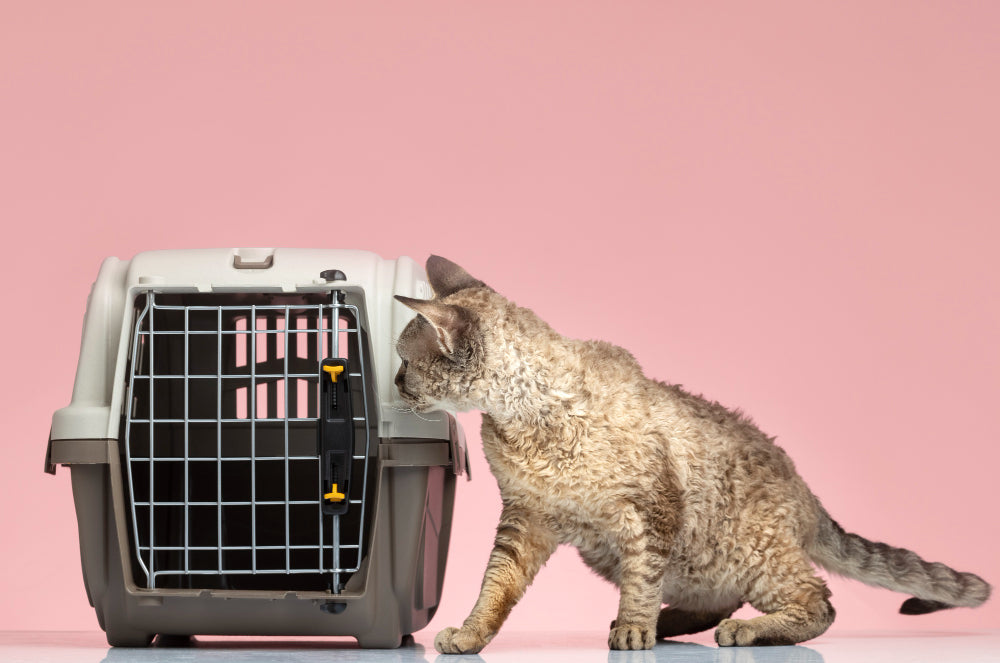
The differences between a harness and a collar: Which one is best for your dog?
, by Michael van Wassem, 7 min reading time

, by Michael van Wassem, 7 min reading time
As a dog owner, choosing the right equipment for your dog is essential to keep him comfortable, safe, and under control during walks. Two of the most commonly used options are the collar and the harness. But which one is best for your dog? In this blog, we explain the differences between a harness and a collar, and discuss the advantages and disadvantages of both, so you can make an informed choice.
A collar is the most traditional tool for walking a dog. It is worn around the dog's neck and can be easily attached to a leash. There are different types of collars, such as standard collars, slip collars, and anti-pull collars.
Benefits of a collar:
Disadvantages of a collar:
A harness surrounds the dog's chest and shoulders, distributing pressure evenly across the body. There are different types of harnesses, such as Y-harnesses, H-harnesses, and anti-pull harnesses, each with its own unique characteristics.
Advantages of a harness:
Disadvantages of a harness:
The choice between a collar and a harness isn't just a matter of what's best for your dog, but can also depend on your personal preference. Some dog owners feel more comfortable using a collar, while others prefer a harness because they can better control their dog or because their dog feels more comfortable in it. It's important to experiment with both options and discover what works best for you and your dog.
A collar is a good choice for:
A harness is better suited for:
When choosing between a collar and a harness, it's important to consider your dog's needs and behavior. Here are some factors to consider:
Walking behavior: If your dog frequently pulls or is easily distracted, a harness with a front attachment ring can help reduce pulling and increase control. For dogs that walk calmly beside you, a collar is perfectly sufficient.
Health problems: If your dog has health problems such as a sensitive trachea, back problems or neck problems, a harness is usually a better choice to prevent further damage.
Activities: Consider what you plan to do. For intensive activities such as running, cycling or tracking, a harness offers more stability and comfort for the dog. For short walks or quick outings, a collar may be more practical.
Working or sport dogs: If your dog is trained to perform specific tasks, such as tracking or search and rescue, a harness is often a good choice. Putting on the harness can signal that it's "work time," which helps the dog focus.
Size and fit: Whether you choose a collar or a harness, make sure it fits properly. A collar shouldn't be too tight, but not too loose either. A harness should fit snugly without chafing and should be comfortable to wear.
Both collars and harnesses have their own advantages and disadvantages, and it's often a matter of personal preference. The choice depends on your dog's needs, its behavior during walks, any health problems, and your personal preference. In some cases, it can be useful to have both options available so you can alternate depending on the situation.
At Fidello, we have a wide range of collars and harnesses, so you're sure to find something that suits your dog. Whether you're looking for a simple collar for everyday use, or a sturdy harness for adventurous activities or work – we're happy to help you make the right choice.
This blog will help you determine which option is best for you and your dog, so you can go out together comfortably and safely.


